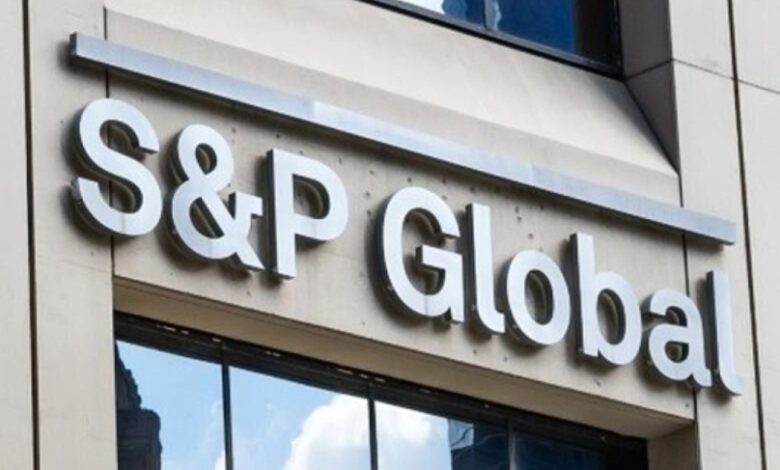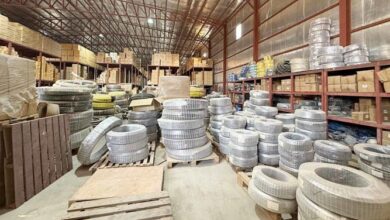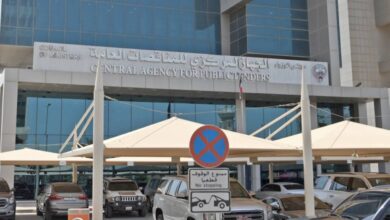
A recent report by S&P Global Ratings projects that Kuwait’s budget deficit will remain high over the next 2–3 years, driven by low oil prices and high public spending, particularly on wages, subsidies, and grants, which account for about 70% of total expenditures.
The average deficit is expected to reach 8.9% of GDP during 2025–2028, up from an estimated 2% in 2024. However, Kuwait’s large financial assets will continue to serve as a fiscal buffer.
By 2025, Kuwait’s deficit is expected to balloon to around 14% of GDP before gradually easing to 6% by 2028. The agency forecasts an average budget deficit of 8.9% between 2025 and 2028, a sharp rise from the estimated 2% in 2024.
But amid this financial turbulence, there’s a silver lining: Kuwait’s vast financial reserves, stewarded by the Public Investment Authority, continue to provide a robust fiscal cushion, reports Al-Rai daily.
Oil remains Kuwait’s economic lifeline. Yet, with Brent crude prices projected to average just $65 per barrel by the end of 2025—and $70 during 2026–2028—the government is intensifying efforts to reshape its revenue model. Reforms are underway, including the introduction of corporate income and selective excise taxes, subsidy rationalization, and a push for digitized fee collection systems.
A major milestone was the recent approval of the financing and liquidity law, allowing Kuwait to return to debt markets for the first time since 2017.
The move is expected to diversify funding sources, with debt issuance projected at $3 billion in 2025/26 and $1.6 billion annually thereafter. Though general government debt will rise from 3% of GDP in 2024 to an estimated 17% by 2028, the nation’s net asset position remains one of the strongest globally.
Despite a contraction of 2.6% in 2024, Kuwait’s real GDP is projected to rebound—growing by 2% in 2025–2026 and accelerating to 2.6% by 2028 as OPEC+ output restrictions ease and economic reforms gain traction. The non-oil sector is expected to benefit significantly from ongoing infrastructure investments and consumer-driven growth, aligning with Kuwait Vision 2035.
By 2028, per capita GDP is forecast to rise from $30,000 to $34,000. The current account will continue posting surpluses—an average of 21% of GDP between 2025 and 2028—underpinned by oil exports and sovereign wealth fund returns. Inflation is anticipated to hover at a modest 2.5%, thanks in part to the continued impact of subsidies.
S&P maintains a stable outlook on Kuwait’s credit rating, noting that while fiscal imbalances are a concern, the country’s substantial assets act as a buffer. However, the report warns of potential downgrades if reforms stall or oil prices fall further. Conversely, meaningful structural reforms that reduce oil dependence and diversify economic productivity could warrant a future upgrade.
In the banking sector, Kuwaiti banks have demonstrated resilience. Loan portfolios expanded by 4.4% in 2024, and non-performing loans remain low at around 1.5–1.6%. No major banking emergencies or liabilities are anticipated.
As Kuwait navigates a complex economic landscape, the message is clear: the nation is bracing for transformation. While the road ahead demands careful fiscal stewardship and sustained reform, Kuwait’s deep reserves, strategic planning, and reform agenda may yet secure a more stable, diversified future.














